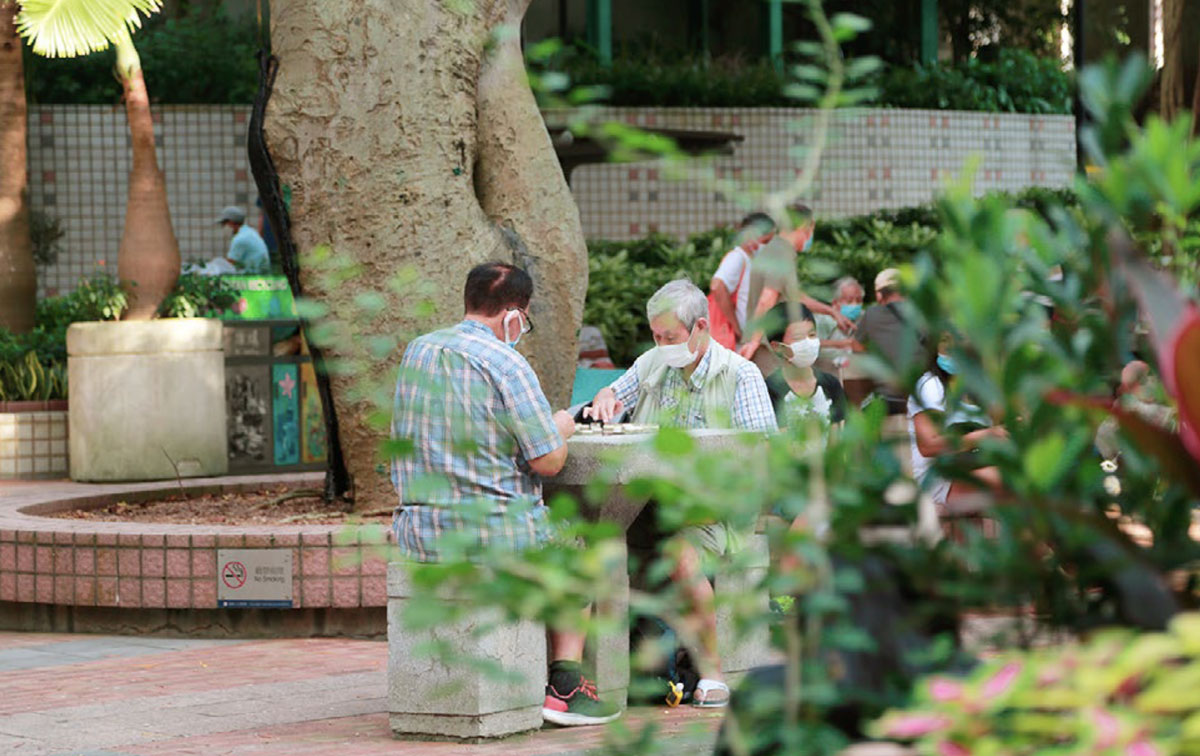In order to promote a healthy, socially rich and economically productive lifestyle in a neighbourhood, it is very important to design places with the landscape and for people (Table 1). Places should be designed to embody, among others, two important qualities, namely biophilia and sociopetality.
Biophilia refers to our innate affinity with and dependence on nature (Wilson, 1984). Our physical and leisure activities in nature directly affect our physical and mental health (Guite, Clark & Ackrill, 2006). With close encounter of nature such as greenery, birdlife, water features, we will experience reduced mental fatigue, lowered stress level, better moods and mental health (Pretty et al, 2007, p.212).
Sociopetal space refers to spatial arrangements that encourage social and interpersonal interactions of inhabitants in a neighbourhood (Naghilo and Falahat, 2016). These can be walkable neighbourhoods, open spaces, local markets, community gardens that people can use collectively, thus enhancing their sense of place and sense of belonging to the place (Leyden, 2003). Hence, places of high qualities are those that return greater benefits to their users. Place qualities are fundamental to people’s sense of place
